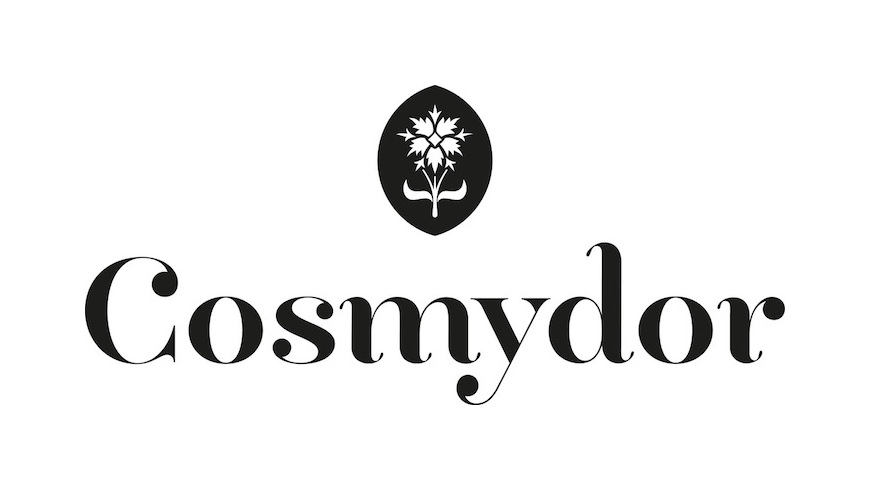WHEN IT COMES TO SUSTAINABILITY AND LOCAL SOURCING, WE ARE ASKING THE WRONG QUESTIONS
Apollo 11 Mission Image taken on July 20, 1969 - courtesy NASA
On our path to being one of the most sustainable beauty brands on the market, we have analysed and optimised every single aspect of Cosmydor’s business for the good of the planet, while still offering the most efficient skincare products possible.
This includes the energy and water consumption of our manufacturing processes (minimised by making products by hand), the biodegradability of our products (100%), the choice of material for our containers (glass and aluminium only, enabling us to be 99.5% plastic-free overall), the absence of synthetic chemicals in our formulas (better for both our skin and the environment) and the use of the strictest organic certification (avoiding GMOs and plants chock-full of pesticides and herbicides).
Time and again, we are asked: should our ingredients be locally sourced? A fair question.
Our first answer is, obviously, yes, wherever possible. We source hemp a few kilometres from the lab, which is ideal. We are working on growing more plant ingredients in fields around the lab, which will be even better. However, some ingredients still come from all around the world: shea trees, tonka beans and vanilla simply do not grow in France.
This is not something we are ready to compromise on, we need these incredible plants and their benefits, as skincare efficiency is our number one priority.
Our second answer is actually a question: why don’t you ask about where our packaging is sourced from?
We all know packaging material has a huge influence on a product’s carbon footprint (on top of toxicity for soils and water). But the argument around packaging’s geographical sourcing is often forgotten. Take a 50ml container (and its lid): if made of plastic, it would weigh around 15g, glass around 100g, and aluminium around 12g. The cardboard box it is packaged in weighs between 15g and 100g. This excludes plastic sleeves (which of course we do not use).
It turns out that, for a 50ml cream formula, the packaging weight is actually equal to or higher than the weight of the plant ingredients.
So it is more important to check the origin of packaging than ingredients to determine the CO2 footprint of cosmetics, and it should be the first question consumers ask.
This is why Cosmydor is proud to source 99.5% of its packaging from Europe: our opaline glass jars and cardboard boxes are made in Belgium; the dark violet glass comes from the Netherlands; aluminium tubes from Portugal; tissue and printed paper from France and branded bags from the UK.
We should rejoice that sustainability has become a major global issue, but its evil twin greenwashing has grown even faster.
We believe it is critical for consumers to be able to make informed choices, according to their own criteria, based on authentic information and not on marketing tricks. A nice, locally-sourced ingredient may not be a true sign of sustainability…

